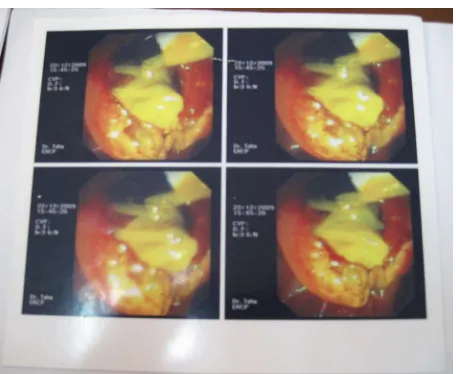The Role of Endoscopic Retrograde Cholangiopancreatography (ERCP) in the Management of Intra Biliary Rupture of Liver Hydatid Cysts (IBRH): Follow Up of 12 Cases
Full text
Figure




Related documents
In control mice with extra-dural QD application, signal was detected post-mortem in the superficial parotid lymph nodes (n = 3/4; Figure 3c) and deep cervical lymph nodes (n = 3/4),
Sexual compulsivity is an intriguing, though unpopular, topic in China as it is seldom discussed among the general public, in what is characteristically a sexually conservative
increase the depth of analysis for AE1 cross-links in particular, I collaborated with Ms. Peter Hembach in
METHODS: We used data from the 2011–2012 National Survey of Children’s Health, a nationally representative sample of noninstitutionalized children in the United States, and logistic
Corrélation entre le score à la copie et le score à la reproduction de mémoire avec les paramètres anthropométriques Une corrélation positive a été enregistrée pour
Before confirmation with cerebral biopsy, our patient met the diagnostic criteria of probable CAA-I: (1) age >40 years; (2) clinical symptoms, such as headaches or cog-
Structural studies of large integral membrane proteins in reverse micelles by solution nuclear magnetic resonance..
Mean stone size did not change in both groups during study period and none of the patient passed stone in urine suggesting that the trial drug do not have major